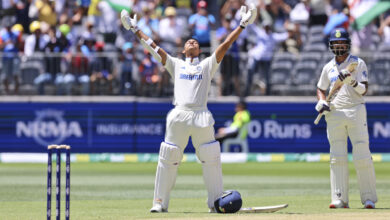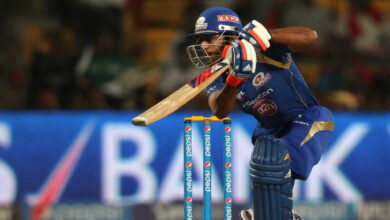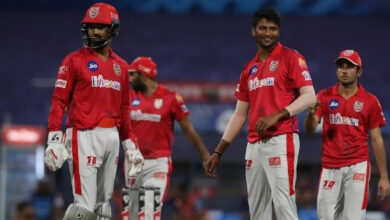Hockey World Cup: Poor penalty corner conversion – just five goals from 26 – cost India dear

Captain Harmanpreet Singh had a go at the left post of Dominic Dixon. Amit Rohidas went for power. They even tried variations, aiming for a deflection at the far post. But nothing worked for India.
Coach Graham Reid was asked what had changed between the team that finished on the podium at the Tokyo Olympics a year-and-a-half ago and the one that suffered an agonising defeat via penalty shootouts to New Zealand in the playoff for a spot in the World Cup quarterfinals.
Reid was perhaps too shaken, too disappointed to analyse the causes. But he did point out one area – the penalty corners. At the Tokyo Games, India converted 10 out of the 31 corners they’d earned, recording a par conversion rate of one in three attempts. At the ongoing World Cup, they could score just five goals from 26 penalty corners – a poor conversion rate of one in six.
While it is true that drag-flickers across teams have struggled at this World Cup, primarily due to high-quality first rushing, India’s poor finishing from the set piece proved one of the decisive factors in a game that the hosts lost 4-5 in shootouts after the playoff ended 3-3 at the end of regulation time.
Only Varun Kumar, who calmly converted his attempt, looked a little assured with his flick but the rest of the Indian players struggled.
Of course, penalty corners weren’t India’s only undoing. The team lacked variety in attacks and the absence of Hardik Singh showed. The midfielder, who was ruled out of the tournament after injuring his hamstring against England, was the fulcrum of India’s attack, leading the waves from the left flank.
As he watched from the sidelines, India’s left-wing looked paralysed as most of the attack originated from the right. They weren’t the usual free-flowing moves that are usually associated with India. As New Zealand packed bodies in the midfield to stop India’s counter-attacks, the home team had to fight for every ball and in the process, looked a bit disjointed.
The midfielders and the forwards, however, were successful in earning penalty corners. Heading into the World Cup, this has been one of the more reliable scoring avenues for India with Harmanpreet carving out a reputation for himself with his fierce drag flicks.
The player himself, as well as the team management, has been at pains to explain the reasons why he has been so ineffective throughout this campaign. In the run-up to the World Cup, Harmanpreet – along with his teammates – had special drag-flicking sessions with Dutch coach Bram Lomans.
The former World Cup winner is believed to have made some technical changes, although nothing profound. “Our missed penalty corners had nothing to do with those changes,” Harmanpreet said after the match.
“We tried, but we couldn’t convert. We should have done better.”
Against New Zealand, India tried to mix up their corner routines as well as the drag-flickers. They had two bursts of attacks when they earned a major chunk of their 10 penalty corners. Between the 22nd and 24th minutes, they won four corners. Harmanpreet and Rohidas took one each while Varun took two – and managed to beat the goalkeeper once. Then, between the 38th and 40th minutes, India earned another three corners but yet again, their flicks were either cleared off the line on the left post or saved the rushers and goalkeepers.
The frustration was evident on the field. With the score level at 3-3, India won a corner in the 52nd minute. Harmanpreet stepped up, but his flick was deflected away from the goal the first rusher even before it completely lifted off the ground. Harmanpreet bit his lip in frustration and hit himself with the stick on the forehead.
It’s been the story of India’s most reliable drag-flicker throughout this campaign. A story that ended with a shocking defeat and a premature exit from the World Cup.







